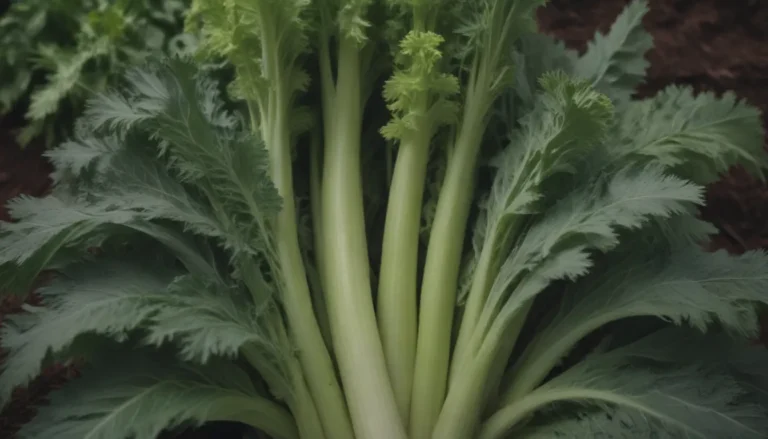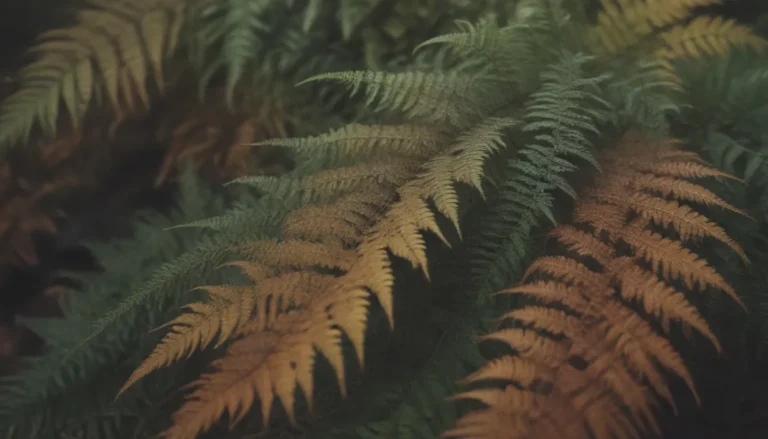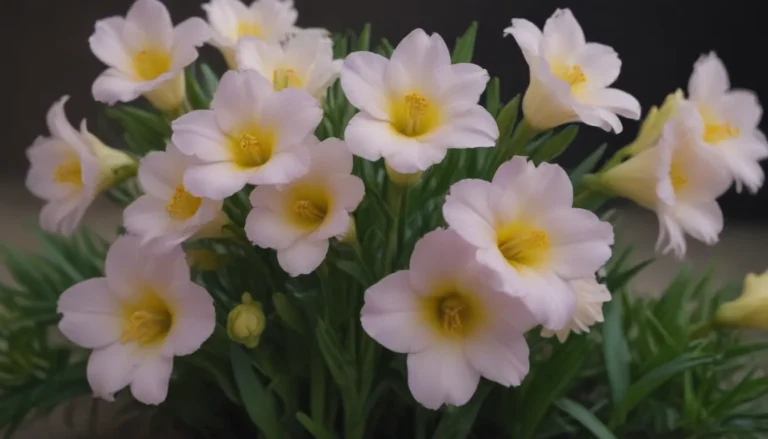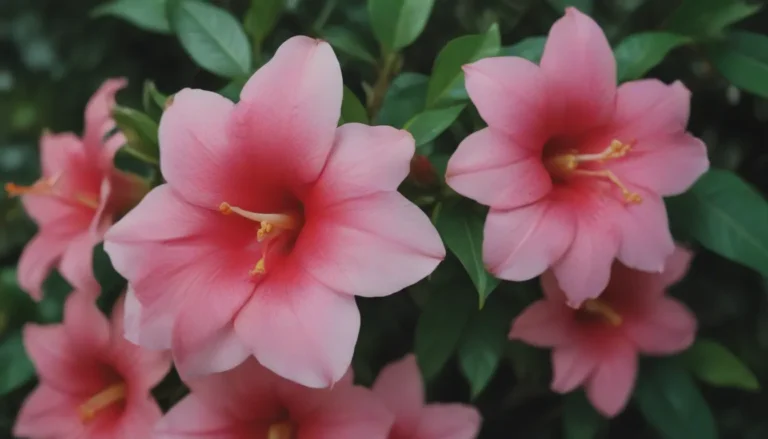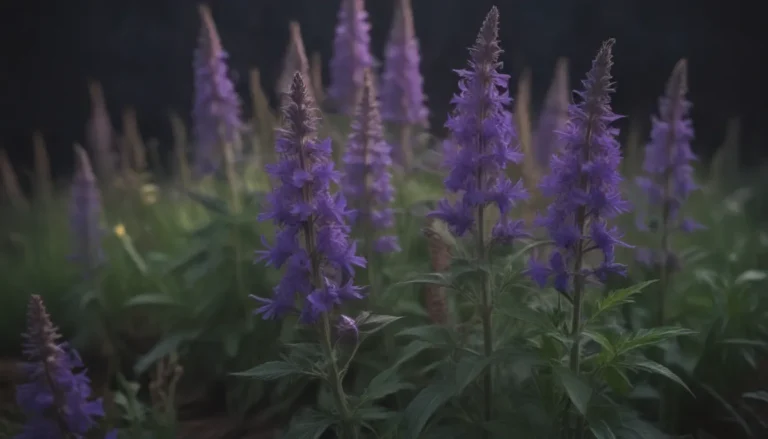12 Trees With Brilliant Fall Color and More
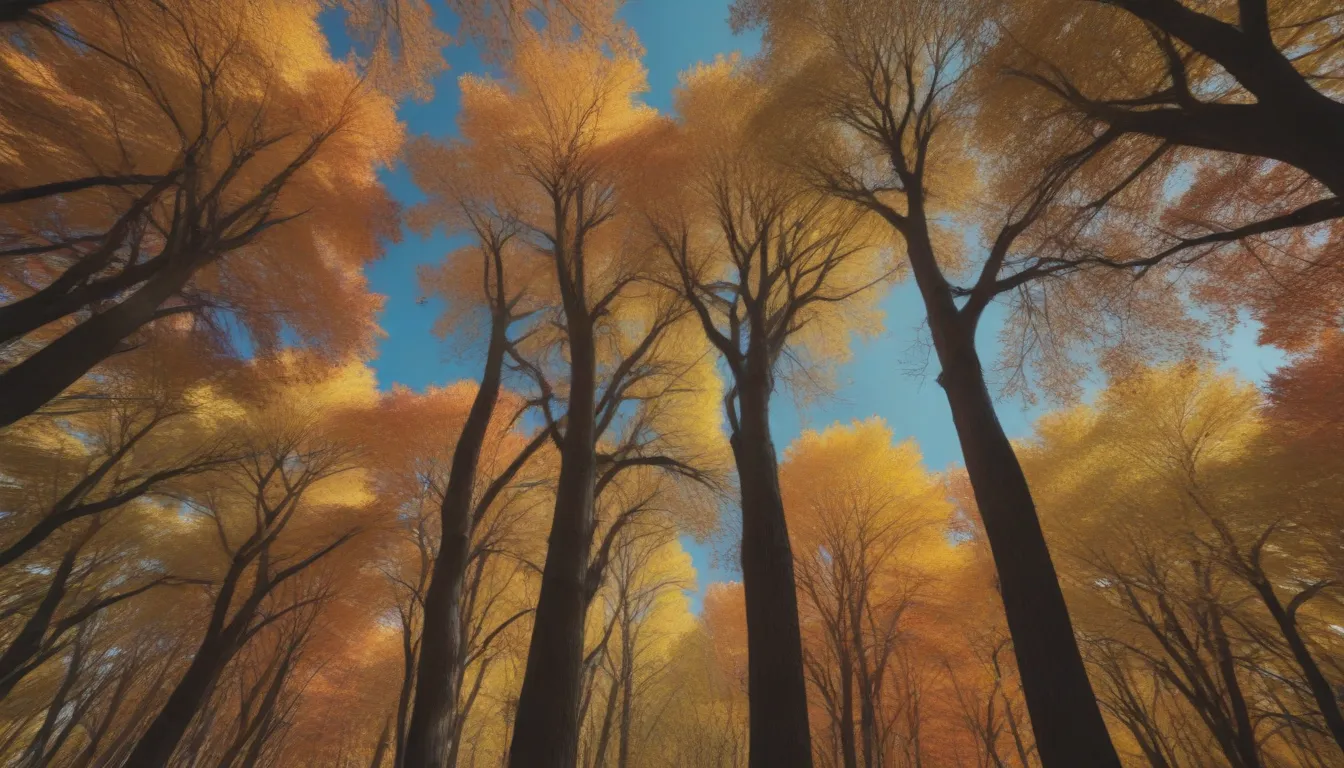
Are you looking to add a splash of color to your landscape all year round? Look no further than deciduous trees! These trees offer stunning and vibrant foliage during the fall season, but the best ones will provide value in every season. From colorful spring flowers to fruit that feeds birds in the summer, there are many options to choose from.
In this article, we will explore 12 types of deciduous trees that not only provide brilliant autumn color but also offer other notable features. Let’s dive into the world of trees and discover which ones will best suit your landscaping needs.
‘Sunburst’ Honeylocust (Gleditsia triacanthos var. inermis ‘Suncole’)
The ‘Sunburst’ honeylocust is a unique tree that offers more than just beautiful fall foliage. With bright yellow leaves that feature a touch of green, this tree stands out in any landscape. Its golden-yellow spring foliage transitions to deep green in the summer before turning back to golden yellow in the fall. Additionally, ‘Sunburst’ is thornless, seedless, and tolerant of drought, road salt, and pollution. This tree grows to about 40 feet tall, making it an excellent choice for any yard or street.
- USDA Growing Zones:
- Color Variation:
- Sun Exposure:
- Soil Needs:
River Birch (Betula nigra)
The river birch is a captivating tree that offers more than just fall color. With peeling bark that stands out in every season, this tree provides visual interest year-round. River birch trees can tolerate wet areas better than many other plants, making them a great choice for landscaping. While the river birch is a popular choice, other birch varieties like the classic paper birch and yellow birch also offer stunning fall foliage. Consider adding a variety of birch trees to your landscape for a colorful display.
- USDA Growing Zones:
- Color Variation:
- Sun Exposure:
- Soil Needs:
Black Gum (Nyssa sylvatica)
The black gum tree, also known as tupelo, is a spectacular tree that offers much more than just fall color. With vibrant scarlet leaves in the fall, this tree can grow up to 80 feet tall and tolerates wet soils, even adapting to standing water. The black gum tree produces blackish fruits that are a favorite among birds, adding to its appeal. For optimal fall color, consider selecting the ‘Autumn Cascades’ cultivar, which has a weeping growth habit for added visual interest.
- USDA Growing Zones:
- Color Variation:
- Sun Exposure:
- Soil Needs:
Sugar Maple (Acer saccharum)
Maple trees are known for their brilliant fall foliage, and the sugar maple is no exception. With colors ranging from yellow to red, orange, or burgundy, these trees offer a stunning display every autumn. Aside from their colorful leaves, sugar maples produce sap that can be tapped and boiled down to make delicious maple syrup. These slow-growing trees can reach heights of 40 to 120 feet, making them ideal as yard or street trees.
- USDA Growing Zones:
- Color Variation:
- Sun Exposure:
- Soil Needs:
Japanese Maple (Acer palmatum)
Japanese maple trees are prized for their colorful leaves year-round, making them a versatile addition to any landscape. With a variety of cultivars to choose from, these trees can grow 15 to 25 feet tall, adding texture and color to your garden. The ‘Crimson Queen’ Japanese maple is a dwarf variety favored for its weeping growth habit, making it a unique and attractive choice for any garden.
- USDA Growing Zones:
- Color Variation:
- Sun Exposure:
- Soil Needs:
Shagbark Hickory (Carya ovata)
The shagbark hickory is a stunning tree with golden brown fall color and bark that peels in long strips, adding visual interest in winter. This tree also provides edible nuts and wood that is excellent for smoking meats or for use in furniture. With a mature height of 70 to 90 feet, the shagbark hickory offers plenty of shade and beauty to any landscape.
- USDA Growing Zones:
- Color Variation:
- Sun Exposure:
- Soil Needs:
Beech (Fagus Spp.)
Beech trees are known for their lovely yellow-golden leaves in the fall, as well as beautiful bark and edible nuts. With vibrant fall foliage that changes color later in the season, beech trees offer year-round interest. The tricolor beech cultivar features variegated leaves that are attractive in spring, summer, and fall, adding color to any landscape. Beech trees can grow to heights of 20 to 80 feet, depending on the variety.
- USDA Growing Zones:
- Color Variation:
- Sun Exposure:
- Soil Needs:
American Sweetgum (Liquidambar styraciflua)
American sweetgum trees offer a colorful display in the fall, with a mix of red, orange, purple, gold, yellow, and green leaves. While not every autumn may be as spectacular, the vibrant colors are worth the wait. Sweetgum trees produce gumballs that can be used in crafts, or you can choose a cultivar that doesn’t produce them. With a mature height of 60 to 80 feet, sweetgum trees provide ample shade and beauty to any landscape.
- USDA Growing Zones:
- Color Variation:
- Sun Exposure:
- Soil Needs:
Purple-Leaf Sand Cherry (Prunus × cistena)
The purple-leaf sand cherry is a large shrub often trained as a small tree, with reddish-purple foliage consistent throughout the summer. This tree also produces pinkish-white flowers in spring, leading to blackish-blue fruit that attracts birds in late summer. With a greenish-bronze fall color, this tree offers year-round interest to any landscape. While somewhat short-lived, around 10 years, the purple-leaf sand cherry is a beautiful addition to any garden.
- USDA Growing Zones:
- Color Variation:
- Sun Exposure:
- Soil Needs:
Dogwood (Cornus spp.)
Dogwood trees are prized for their spring flowers and fall foliage, with colors ranging from orange to reddish-purple. While flowering dogwood and Japanese dogwood offer terrific spring interest, red-twig dogwood provides winter interest with its bright red stems. Dogwood trees vary in size from dwarf shrubs to small trees, growing to about 25 feet tall, depending on the species and cultivar.
- USDA Growing Zones:
- Color Variation:
- Sun Exposure:
- Soil Needs:
Sumac (Rhus Spp.)
Smooth sumac and staghorn sumac are common landscape varieties known for their spectacular fall foliage and ease of growth. These non-poisonous trees offer vibrant autumn colors and are easy to grow, making them a great choice for any garden. Additionally, sumac trees provide culinary uses, erosion control, and serve as a windbreak. Like black gum and dogwood trees, sumac trees also feed wild birds with their berries, adding to their appeal.
- USDA Growing Zones:
- Color Variation:
- Sun Exposure:
- Soil Needs:
Warning: Sumac can spread aggressively unless supervised.
Quaking Aspen (Populus tremuloides)
The quaking aspen is synonymous with autumn in the American West, known for its golden-yellow fall foliage that trembles in the breeze. The leaves add movement and sound to the garden, creating a unique and dynamic atmosphere. With smooth, whitish-colored bark that offers year-round interest, quaking aspens grow to 40 to 50 feet tall at maturity.
- USDA Growing Zones:
- Color Variation:
- Sun Exposure:
- Soil Needs:
From the vibrant fall colors of the sugar maple to the stunning bark of the river birch, these 12 trees offer year-round interest and beauty for any landscape. Whether you’re looking for a tree that provides shade, attracts wildlife, or adds color to your garden, there’s a deciduous tree to suit your needs. Consider adding one of these fantastic trees to your landscape and enjoy the beauty they bring to your outdoor space.

